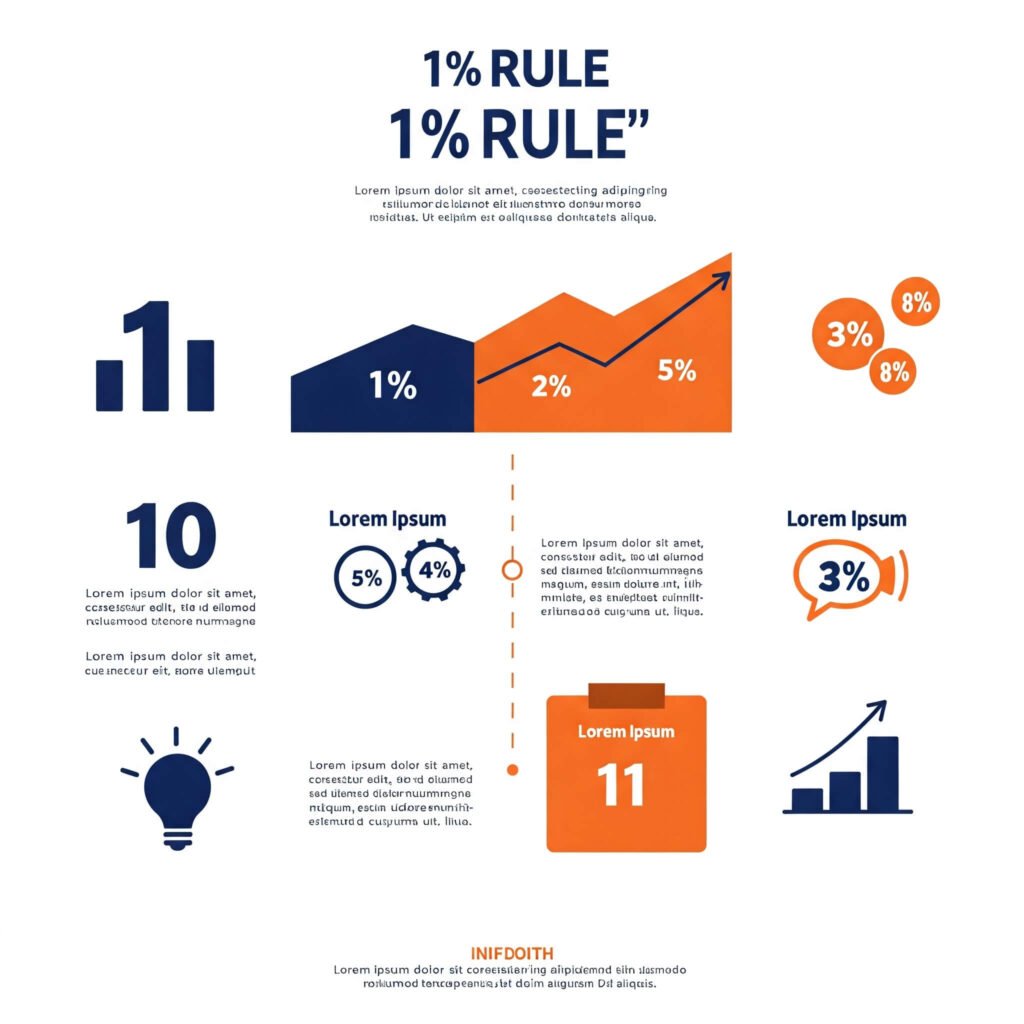Real estate investing hit me like a ton of bricks while I was nursing a lukewarm coffee at a diner in Dayton, Ohio, last fall, my phone screen all smudged up as I scrolled through Zillow like a man possessed. The place smelled like old fries, and the neon “Open” sign was flickering like it was about to give up. I’m just a regular guy—work a boring office job, lose my wallet at least twice a month—but something about owning rental properties felt like my shot at, I dunno, freedom? Passive income sounds sexy, right? Like, money just rolling in while you’re eating leftover pizza. But, dude, it’s not like those HGTV shows where everything’s shiny and easy. My first go at real estate investing was a straight-up disaster, and I’m gonna lay it all bare—warts and all—so you can maybe avoid my dumb mistakes.

My First Rental Property: A Nightmare I Walked Right Into
Spotting a “Deal” and Thinking I Was Hot Stuff
So, I’m driving through this kinda rough part of Cleveland, windows down, blasting some random pop playlist, when I see this duplex with a “For Sale” sign half-fallen over in the yard. Real estate investing was just a daydream then, but I was like, “This is it, man!” Big mistake. The place was cheap—$82,000—but the carpet was moldy, the kitchen sink leaked, and I swear I heard something scuttling in the ceiling. I bought it anyway because I thought I was gonna be some landlord legend. Spoiler: I was not. If you’re dipping your toes into real estate investing, don’t do what I did and fall for the first bargain you see. Check out Zillow or Redfin to get a sense of the market, but, like, actually visit the place. I learned that after a toilet backed up and cost me $1,200 to fix.
Numbers Are Not My Friend
Here’s where I really dropped the ball: the math. I’m no genius with numbers—my high school math teacher would probably spit out her coffee if she saw me trying to calculate ROI. Real estate investing means you gotta get down and dirty with budgets, though. I didn’t, and it was a mess. Here’s the deal:
- Rent vs. expenses: Your rent needs to cover mortgage, taxes, insurance, all that jazz. Mine barely did, oops.
- Repairs eat money: Set aside like 10-15% of your rent for fixes. I didn’t, and a broken water heater made me cry.
- Vacancies are the worst: No tenant, no money. Plan for a month or two of nothing.
I stumbled on Bigger Pockets’ rental calculator way too late, but it’s legit a lifesaver. Use it before you sign anything, not after like me.

Real Estate Investing Tips from a Guy Who’s Still Figuring It Out
Start Small or You’re Gonna Cry
I went big with that duplex like a total moron. If you’re new to real estate investing, go for something small—a little house or a condo. Less drama, less chance of a mystery critter in the attic. I met this old-school realtor, Linda, at a coffee shop, and she was like, “One unit, kid. Learn the ropes first.” She’s so right. I wish I’d listened instead of thinking I was gonna be the next real estate big shot.
Financing Is Like Wrestling a Bear
Getting a loan for real estate investing is like begging a bank to trust you’re not a complete screw-up. My credit was okay but not great (thanks, random vet bills), and I got shot down by two banks before I figured it out. What worked:
- FHA loans: You only need like 3.5% down. Great for newbies like me.
- Local banks: They’re way chiller than big banks. Found one in Dayton that didn’t hate me.
- Hard money lenders: Super expensive, super risky. Only use if you’re flipping fast.
Check Bankrate for loan options. It’s a godsend when you’re drowning in forms.
Tenants Will Make You Wanna Scream
Tenants are like rolling the dice. My first one seemed chill—paid on time for like two months—then he trashed the place and left a hole in the wall. Like, who punches a wall? Screen tenants like you’re hiring a babysitter. Use Avail for background checks and leases. And get a bulletproof lease agreement. I learned that after my second tenant’s dog peed on the carpet so bad it smelled like a pet store gone wrong.

The Emotional Dumpster Fire of Real Estate Investing
Real estate investing is a rollercoaster, dude. One day you’re stoked because you landed a tenant; the next, you’re googling “how to fix a leaky roof” at 3 a.m. I remember sitting in my duplex’s empty living room, eating cold tacos, staring at a crack in the wall and wondering if I’d just yeted my savings into the void. The place smelled like old paint, and my shoes kept sticking to the floor. But then I got a new tenant, patched up the place, and that first rent check felt like winning the lottery. It’s a grind, but when it works, it’s like, “Okay, maybe I’m not a total failure.”
Wrapping Up My Real Estate Investing Mess
So, yeah, real estate investing is messy, stressful, and sometimes makes you wanna hide under a blanket. But it’s also dope when you start getting it right. I’m still a hot mess, still learning, but I’m in it. Start small, do the math (unlike me), and don’t buy a place just because it’s cheap. Check out Bigger Pockets for community vibes or Investopedia for the basics. And, like, hit me up in the comments if you’ve got your own rental property horror stories—I need to know I’m not alone in this madness!



